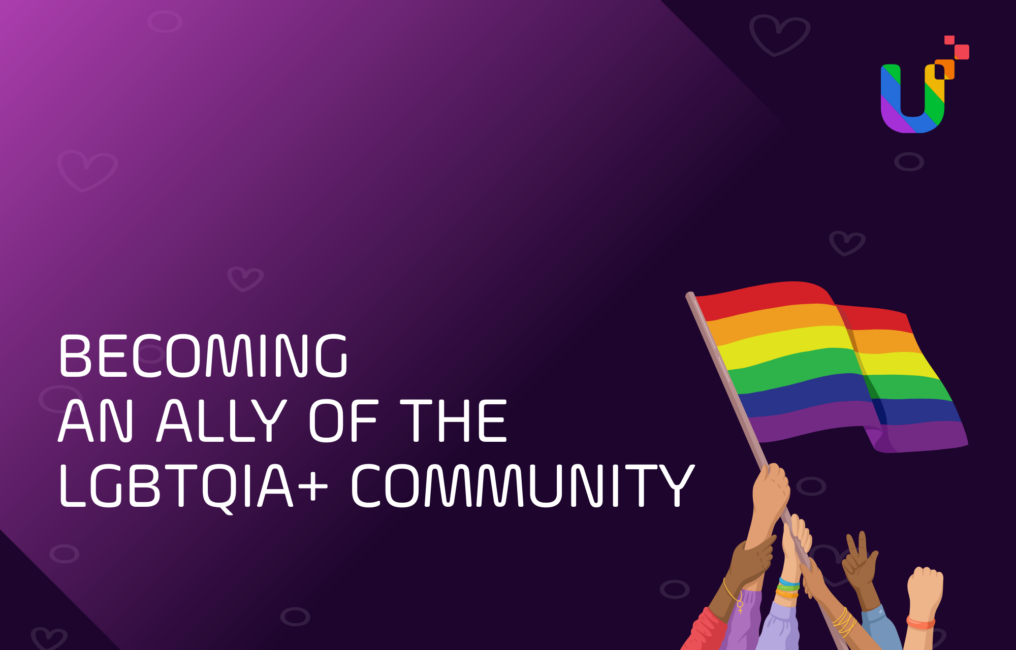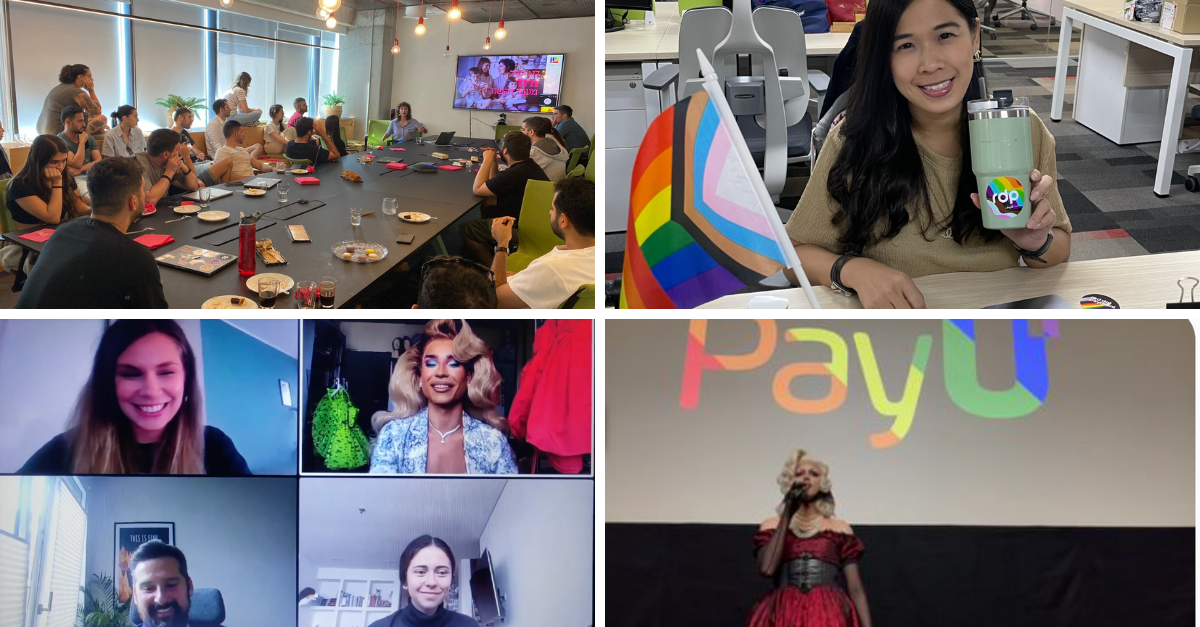28/06/2023
What is an ally? What is his role? How can you become an ally? Take a look at the acts that can be taken to become an ally.
DO’s:
Educate Yourself: Begin by familiarizing yourself with LGBTQIA+ terminology, issues, and history. Respectfully engage with LGBTQIA+ individuals, read books, attend workshops, and explore online resources to deepen your understanding. Acknowledge that learning is an ongoing process, and be open to unlearning any biases or misconceptions.
Listen and Validate Experiences: Create a safe and non-judgmental space for LGBTQIA+ individuals to share their experiences and concerns. Listen actively, show empathy, and validate their feelings. Acknowledge the diversity within the community, recognizing that each person’s journey is unique.
Use Appropriate Language: Utilize gender-inclusive language, including using gender-neutral pronouns and using the correct name and pronouns for transgender individuals. Avoid assumptions about someone’s sexual orientation or gender identity, and respect their self-identification.
Stand Up Against Discrimination: Speak out against LGBTQIA+ discrimination and prejudice when you witness it. Challenge homophobic or transphobic comments and behaviors in your personal and professional circles. Use your privilege to amplify the voices of marginalized individuals and advocate for their rights.
Support LGBTQIA+ Events and Initiatives: Attend local Pride parades, film festivals, and other LGBTQIA+ events. Show your support by actively participating and celebrating the community’s achievements and milestones. Engage with LGBTQIA+ organizations, volunteer your time, or donate to their causes.
DON’Ts
Make Assumptions or Stereotypes: Never assume someone’s sexual orientation or gender identity. Allow individuals to share their stories and identities at their own pace and on their terms.
Speak Over LGBTQIA+ Voices: Avoid dominating conversations or speaking on behalf of the LGBTQIA+ community.
Invalidate Experiences: Never dismiss or invalidate the experiences, feelings, or struggles of LGBTQIA+ individuals. Listen with empathy and validate their emotions, even if you don’t fully understand.
Here are some remarkable figures who have made significant contributions to the advancement of LGBTQIA+ rights and acceptance:





















